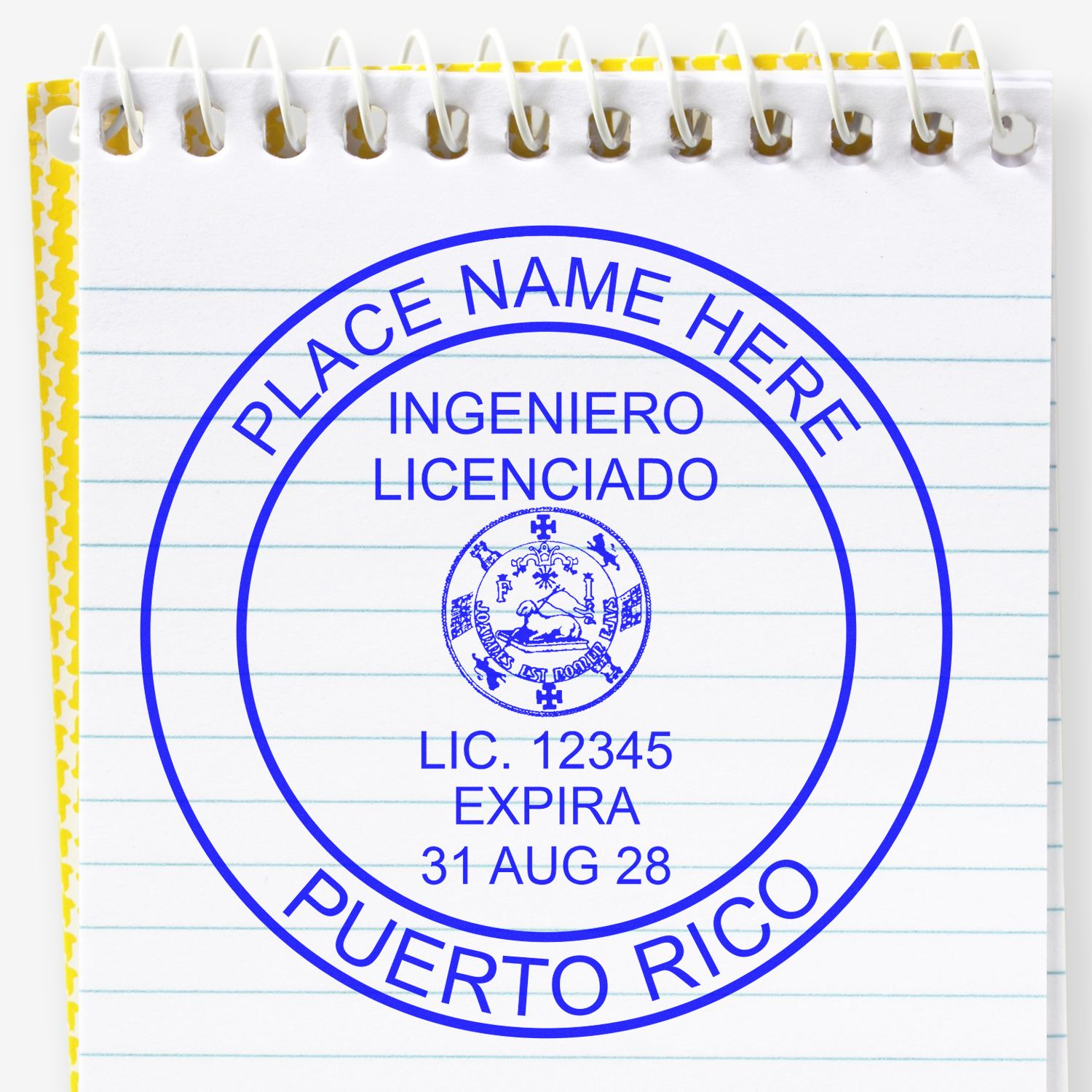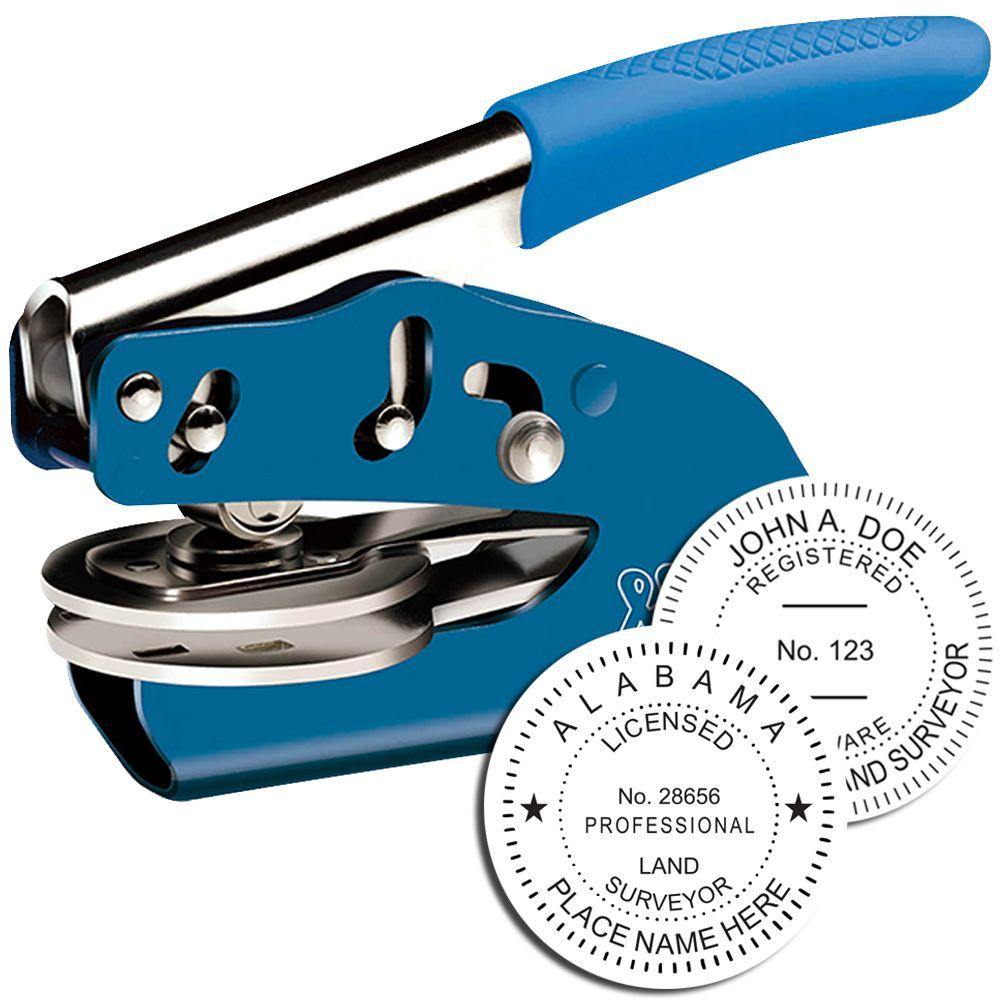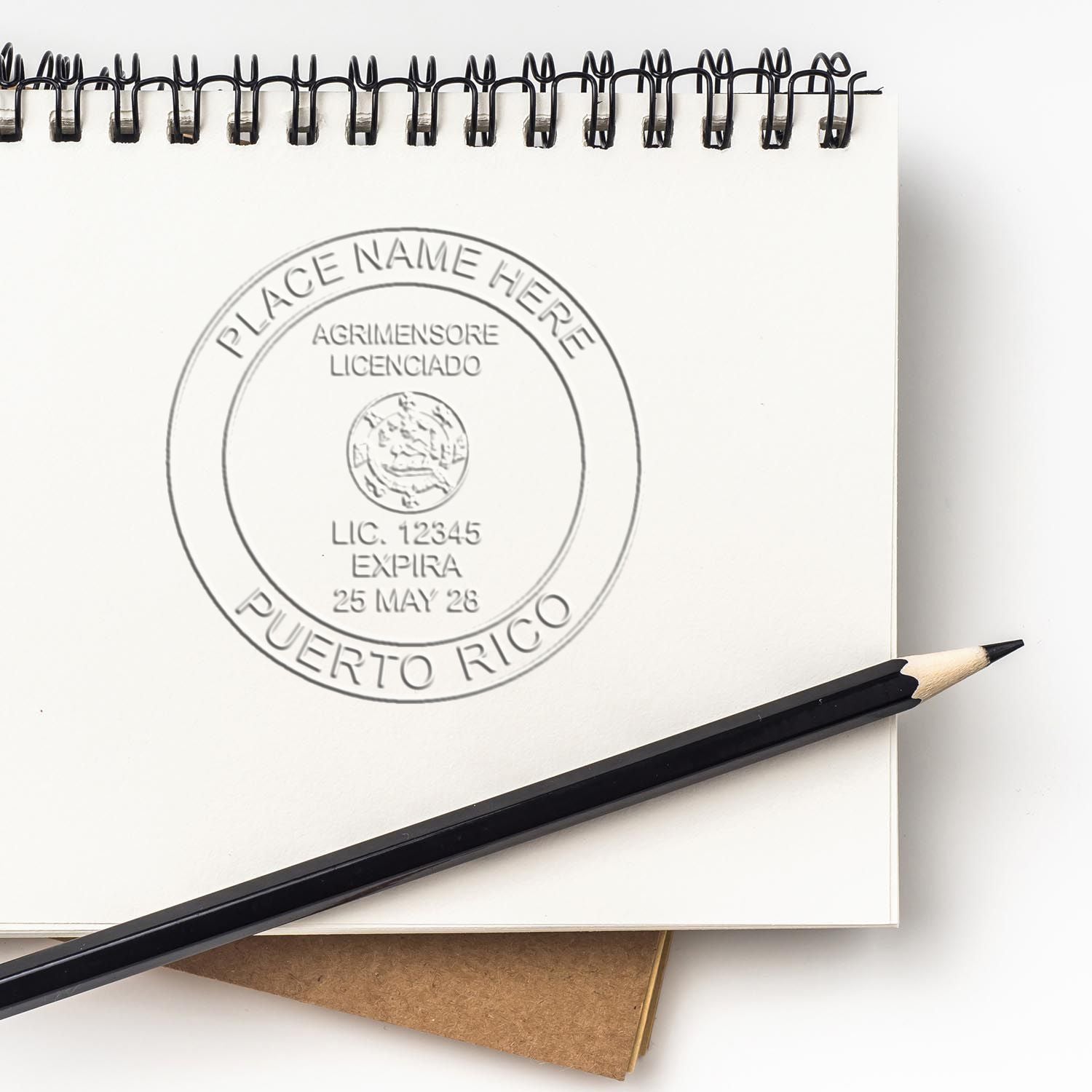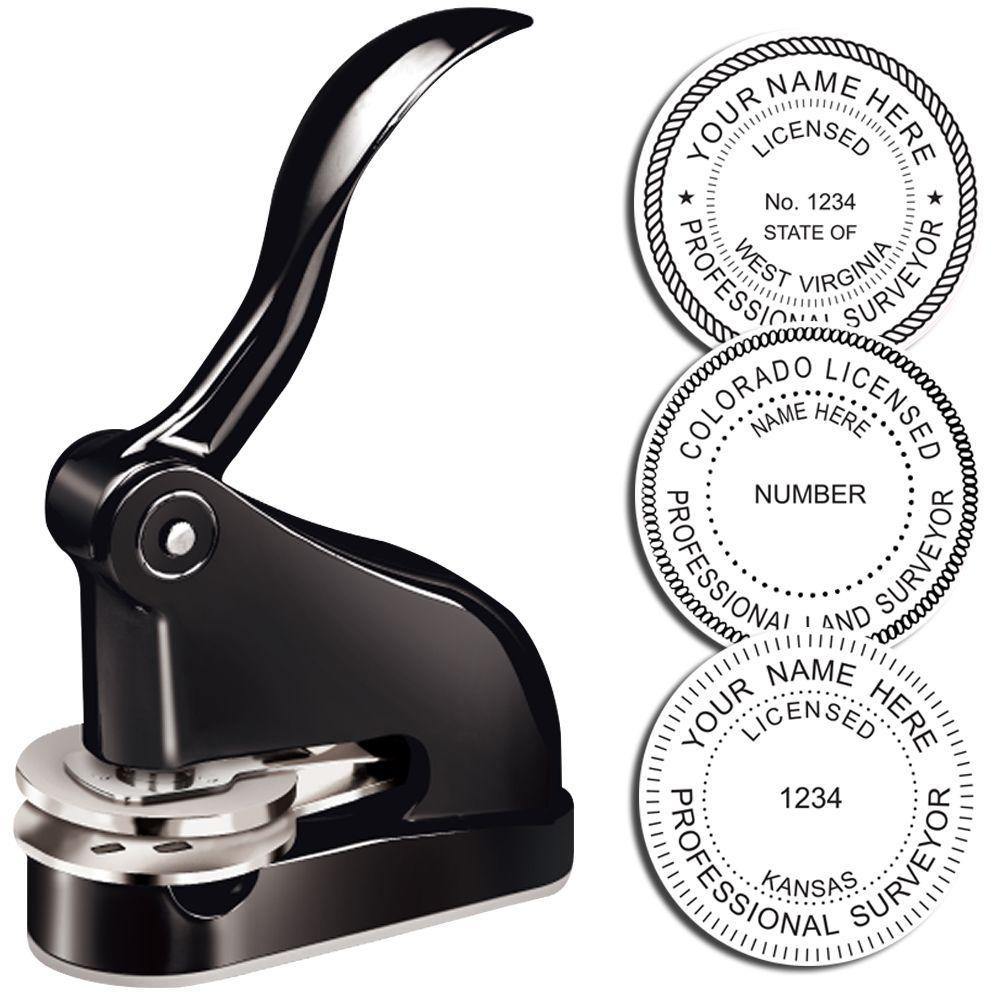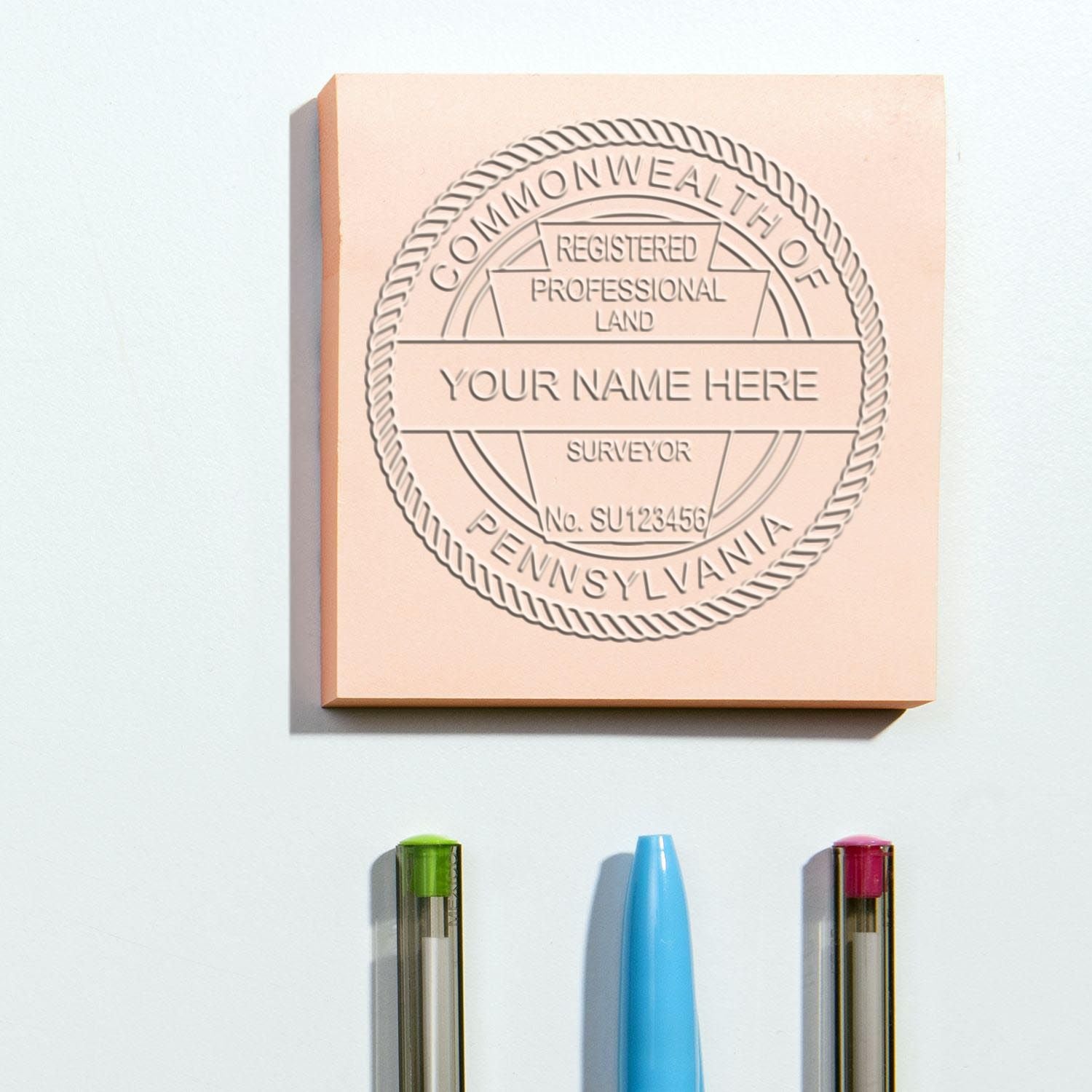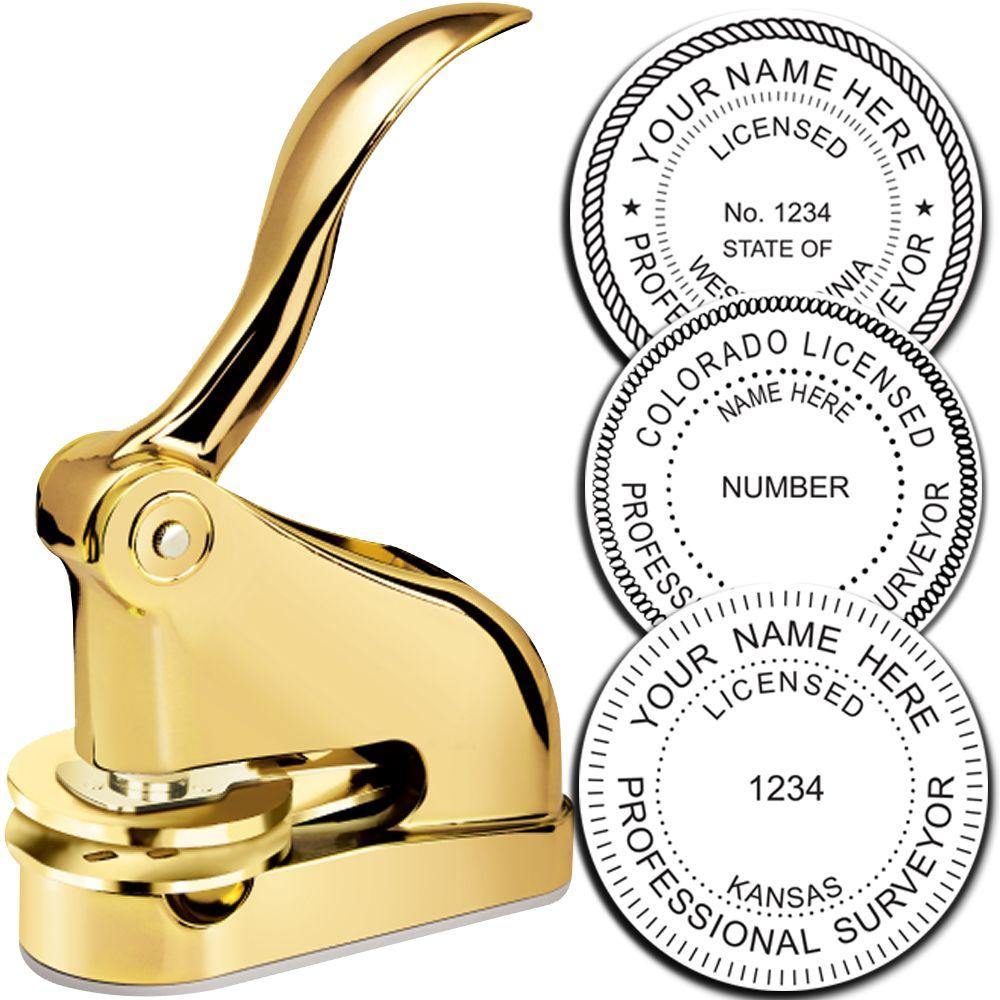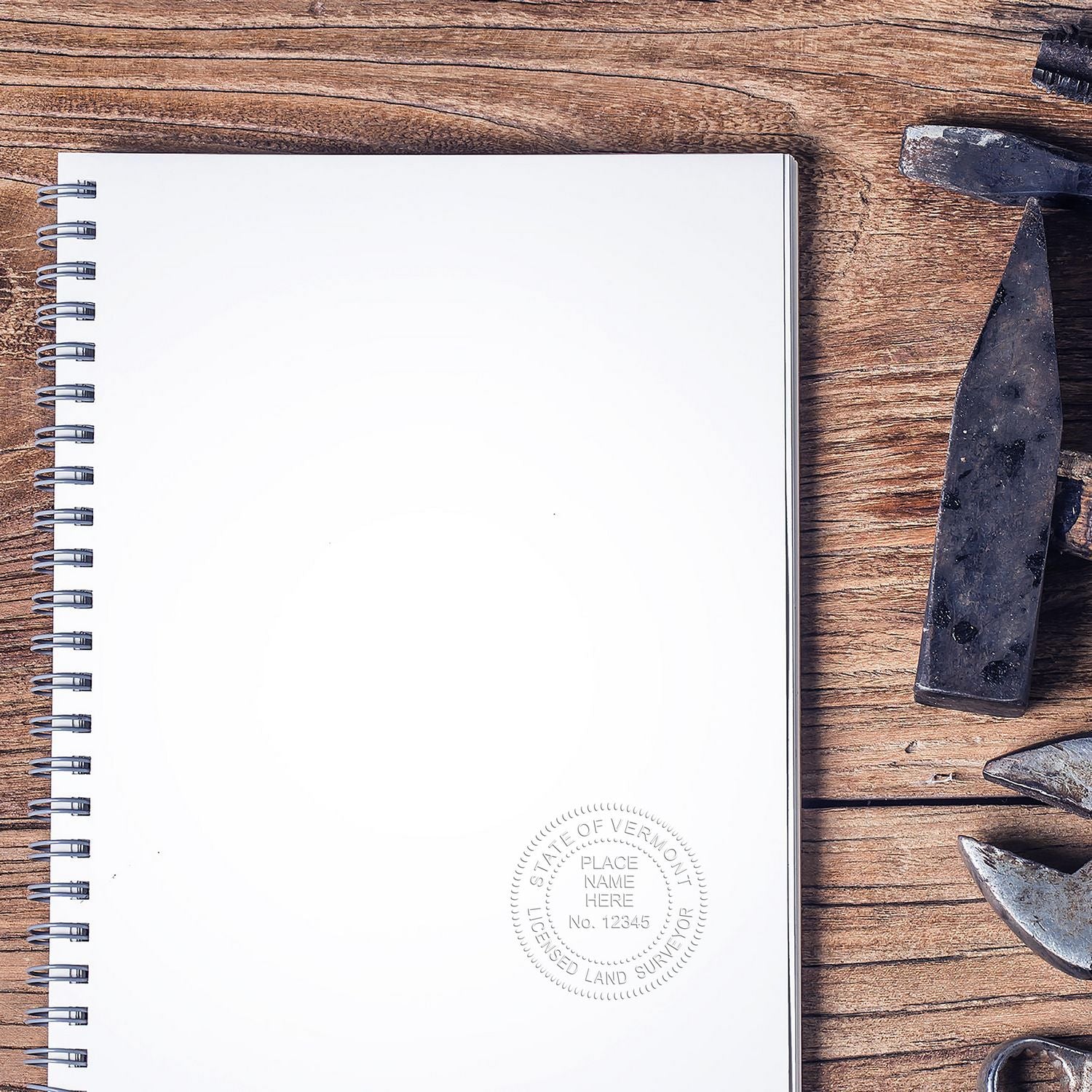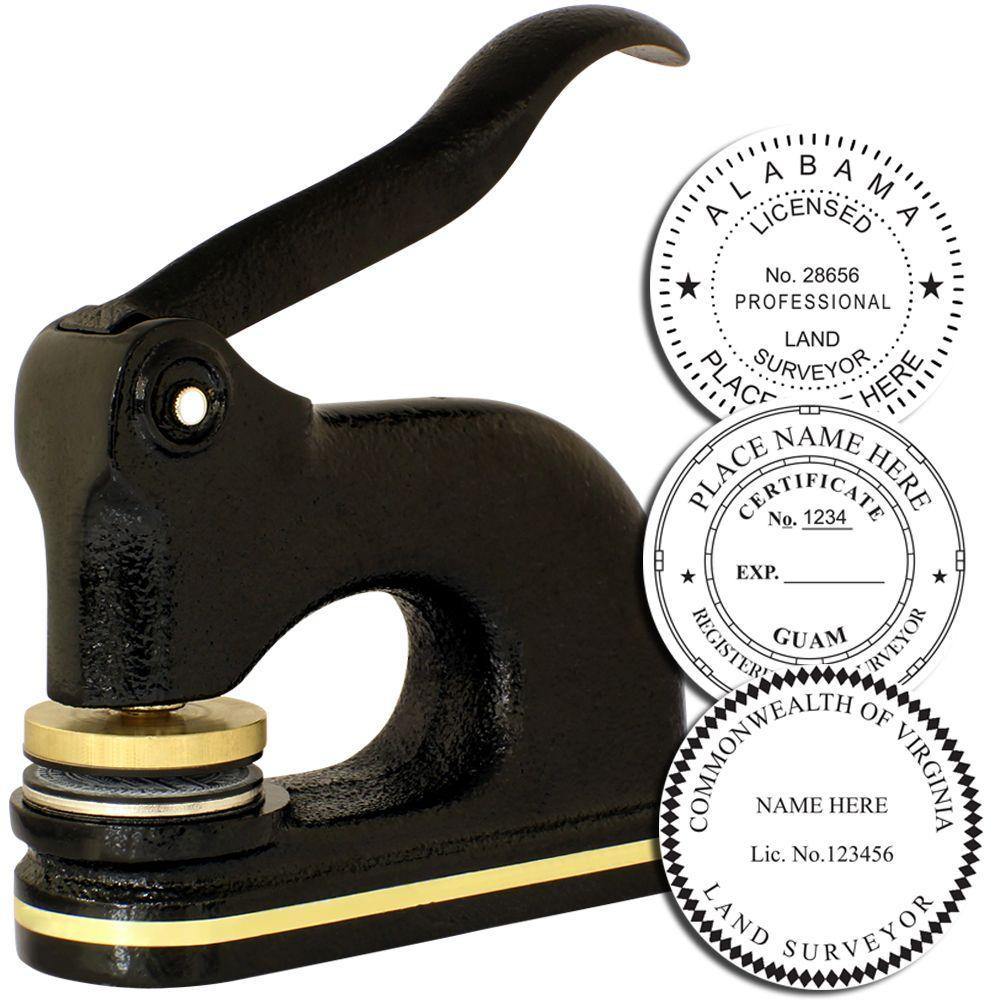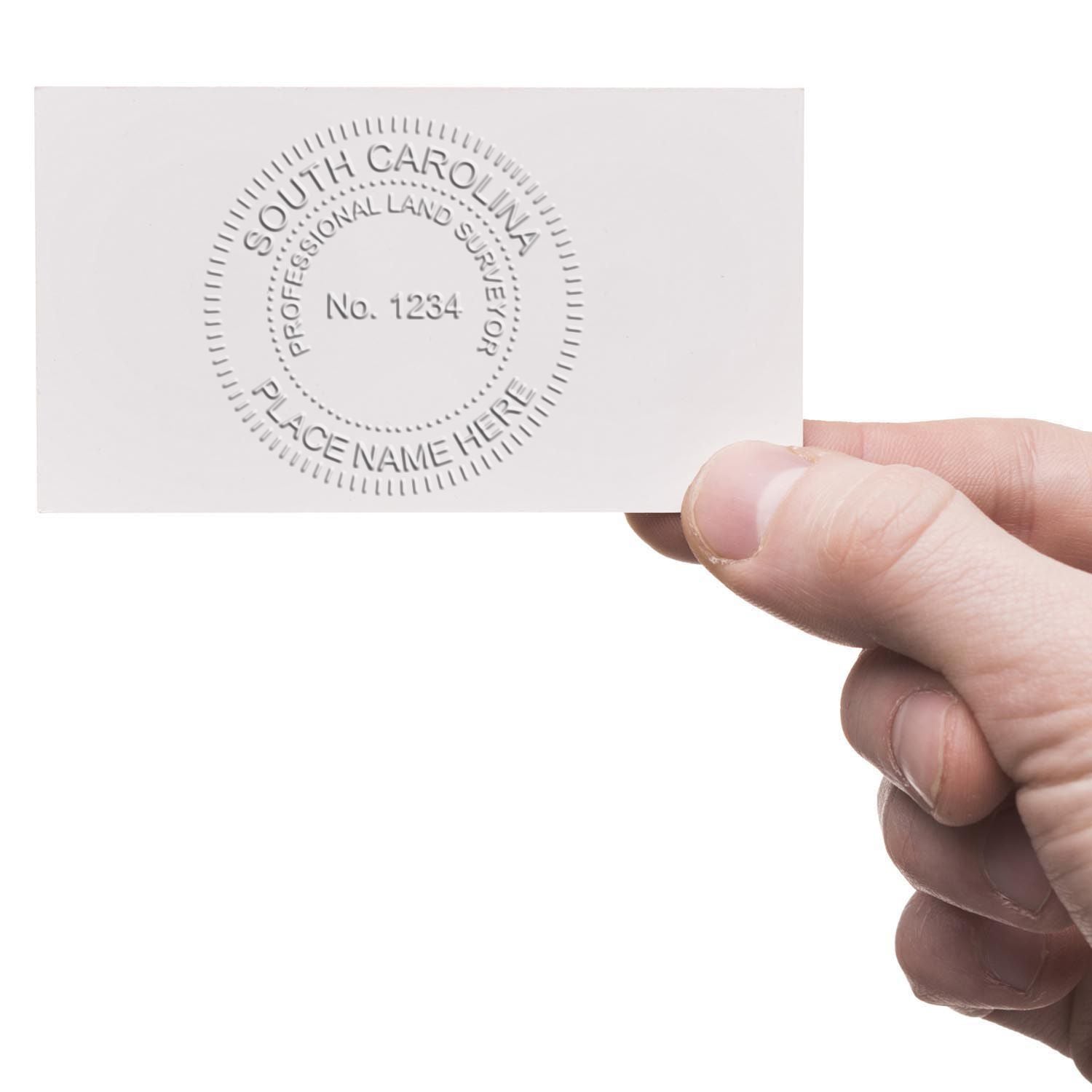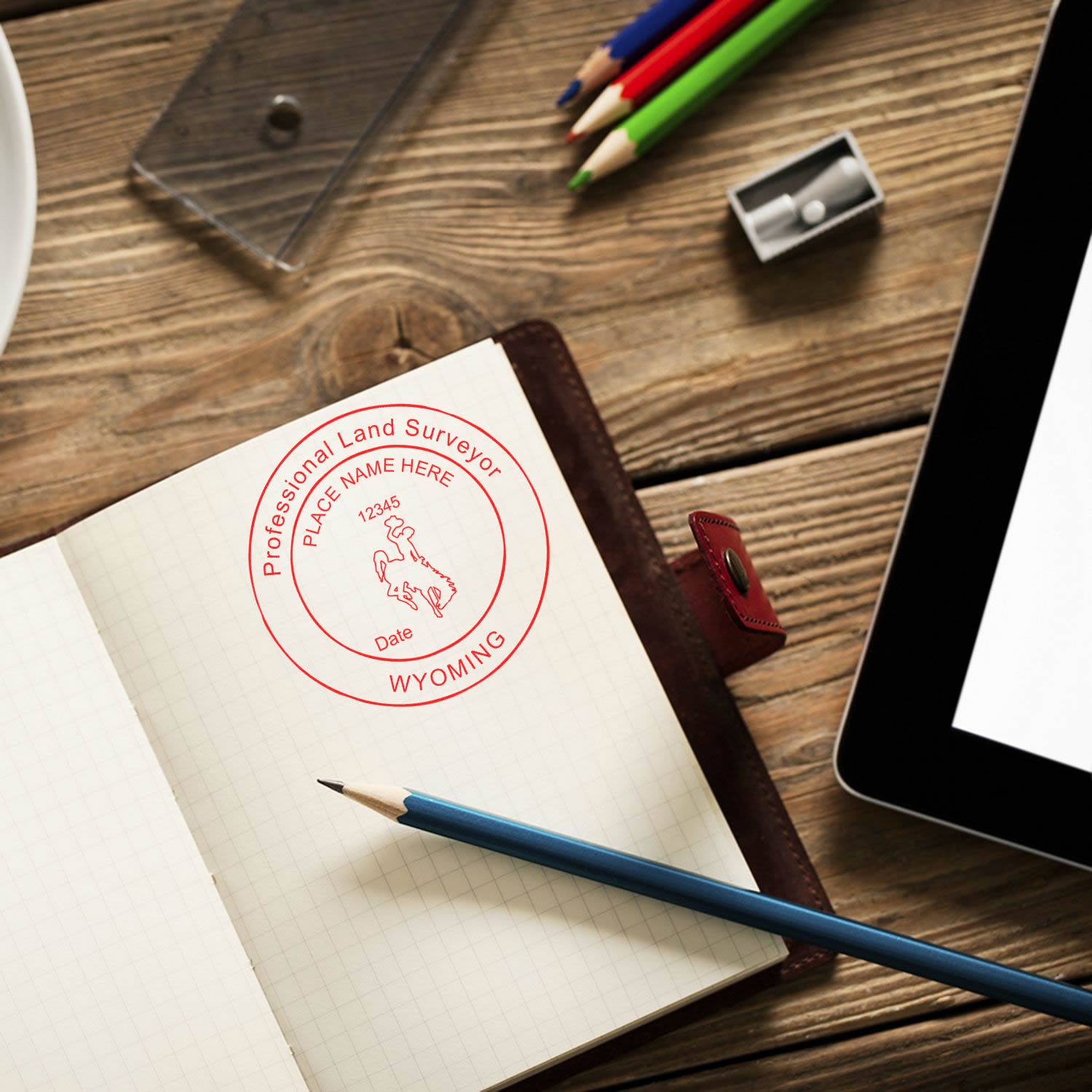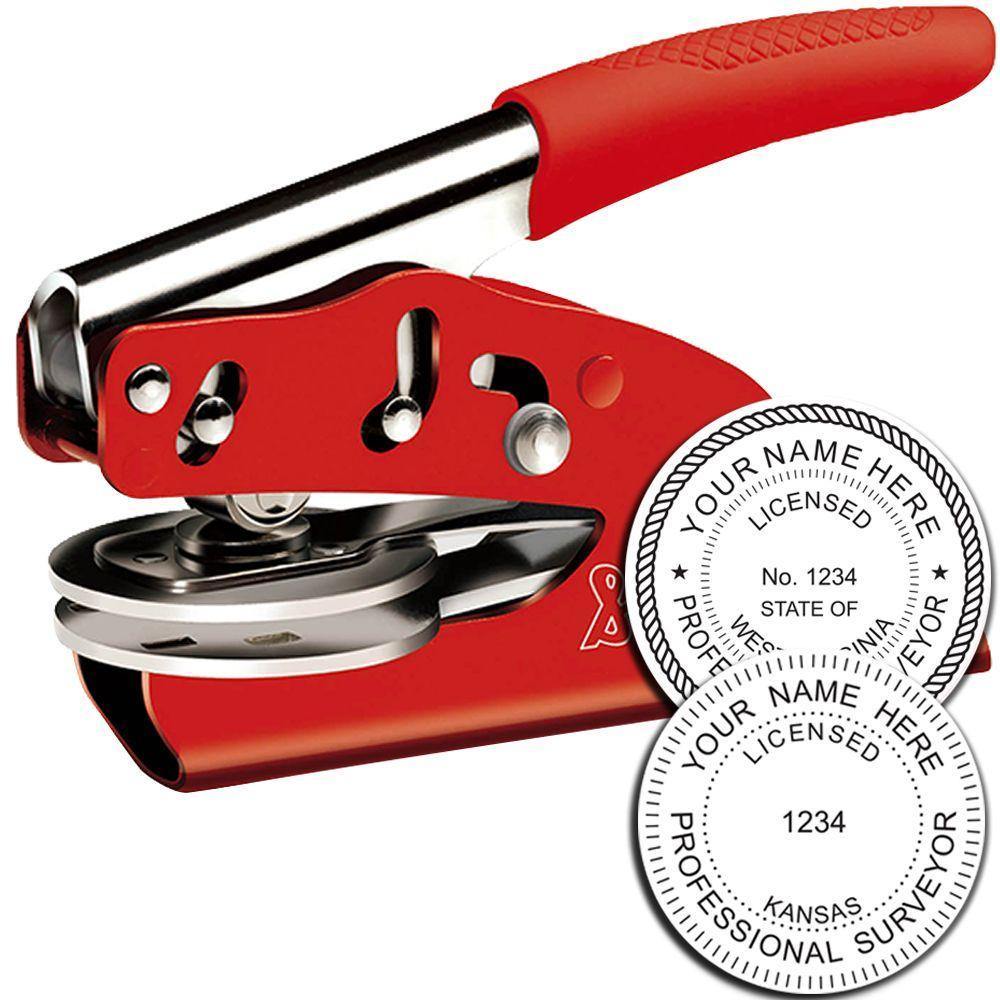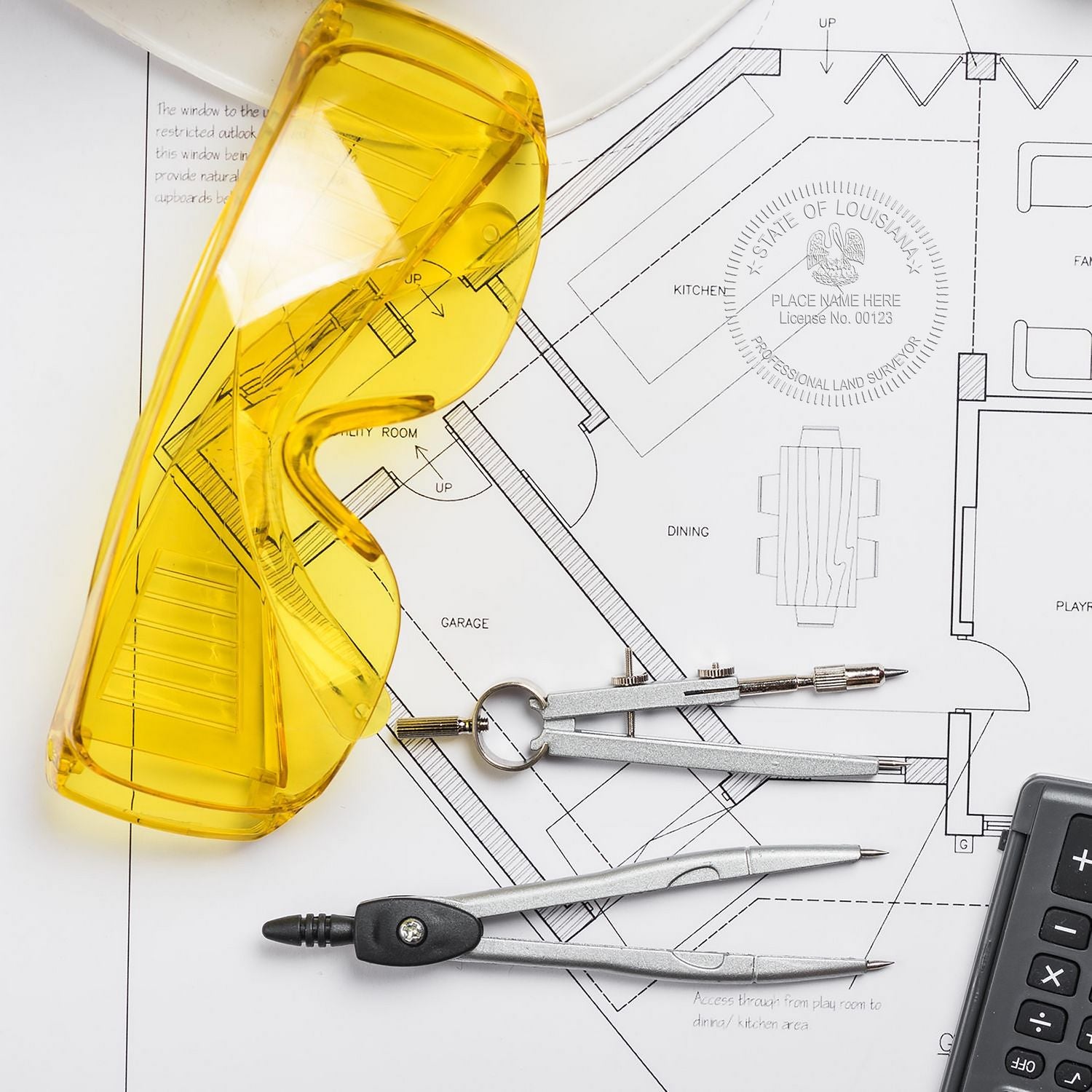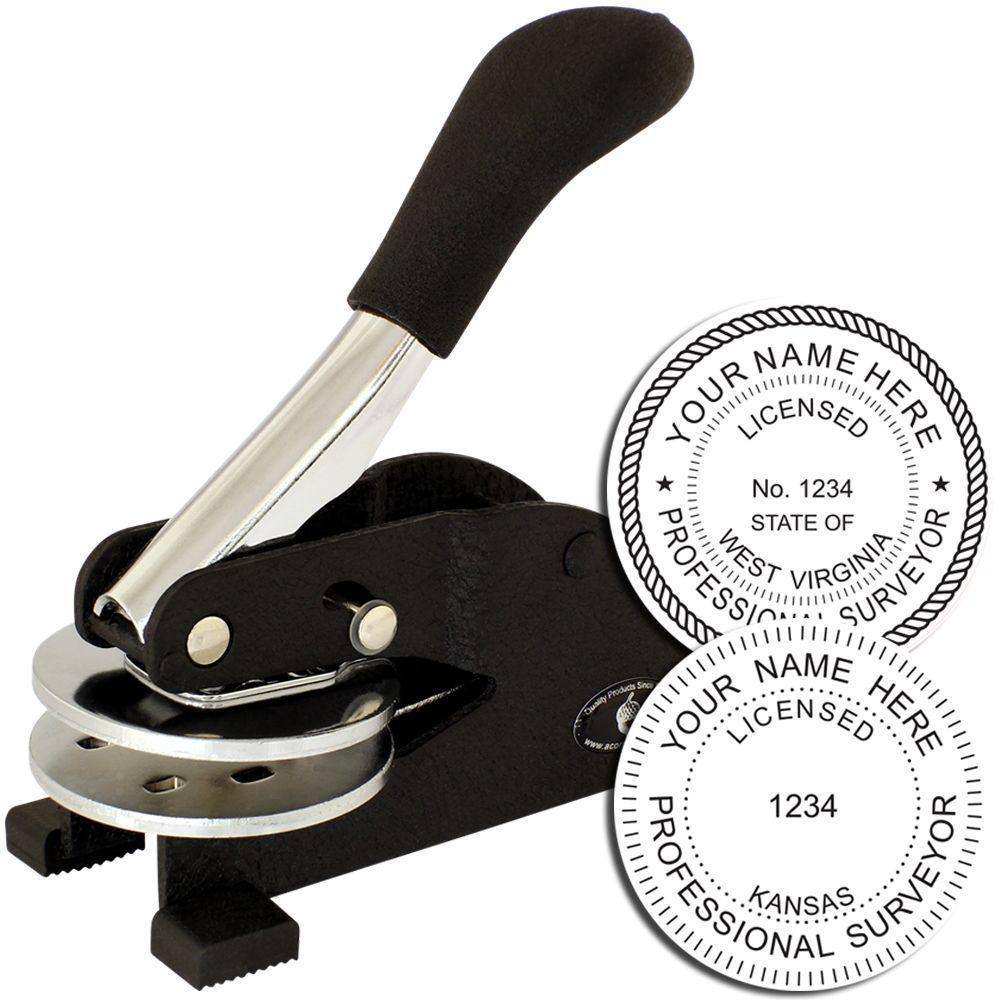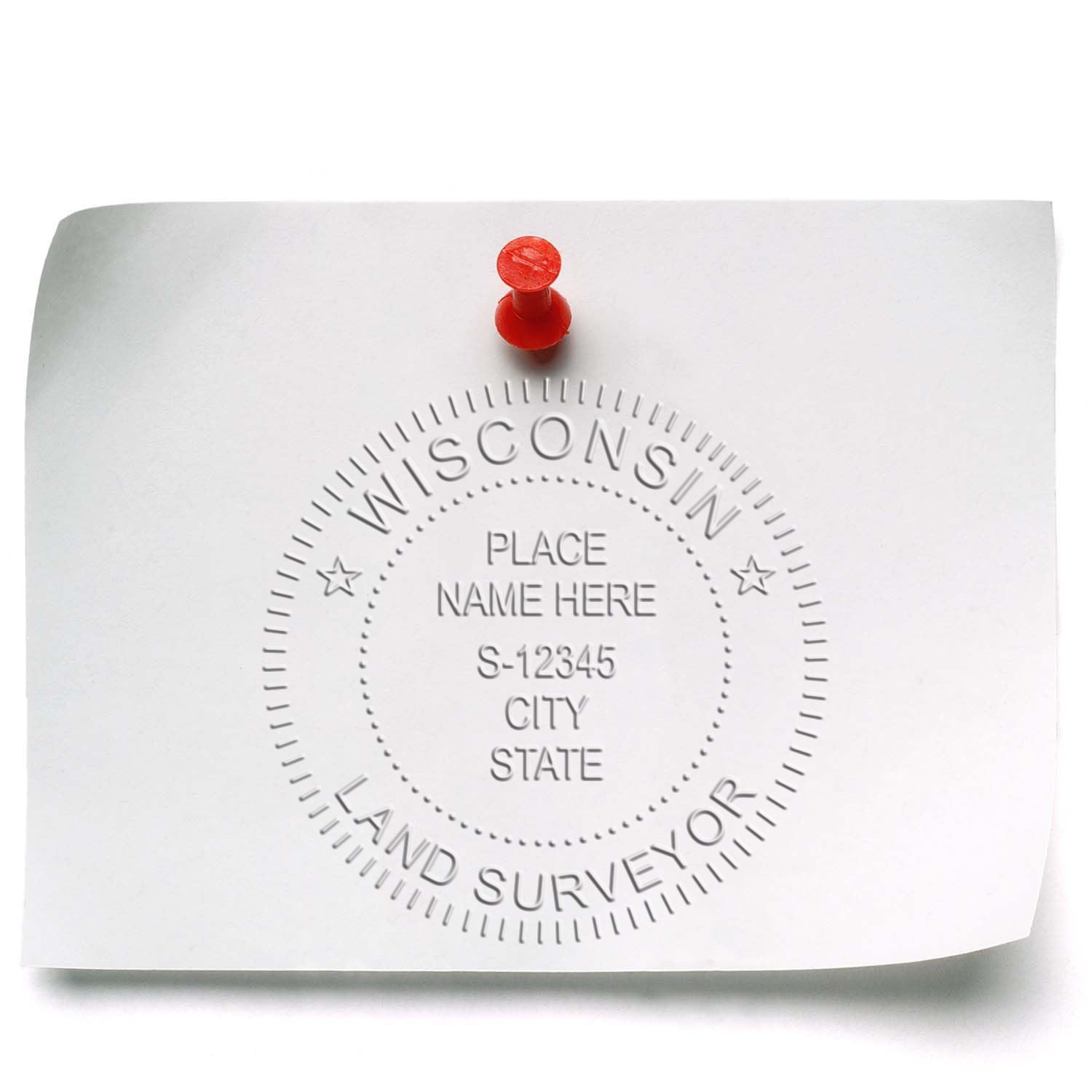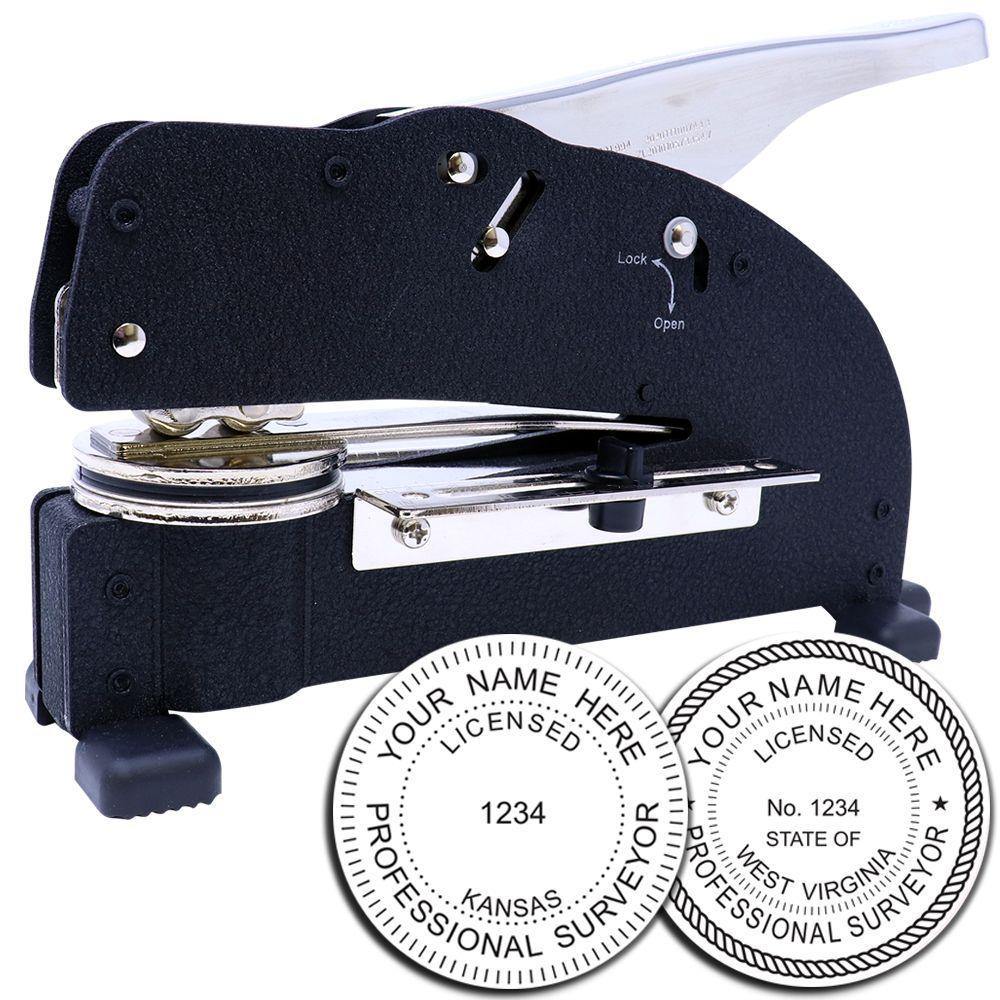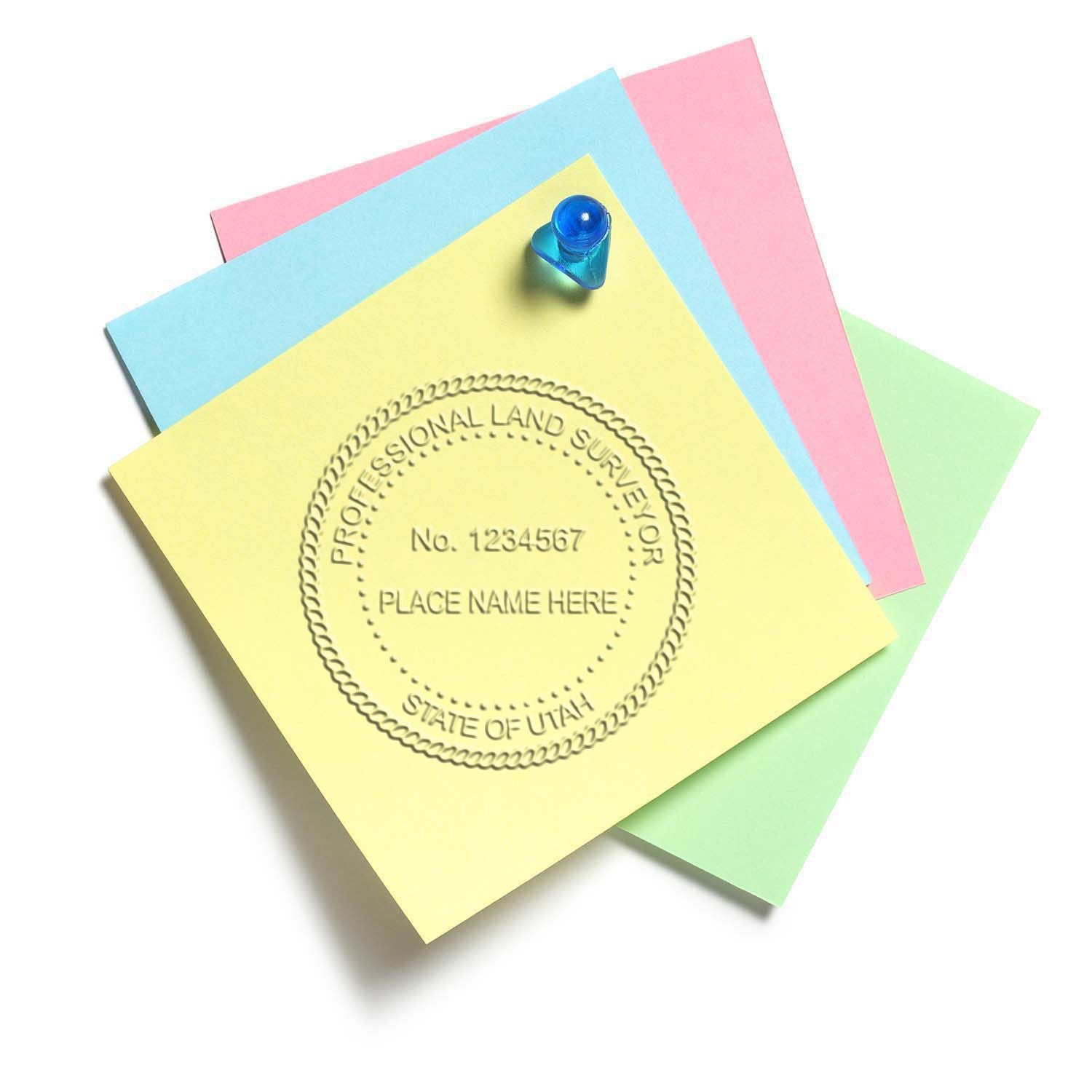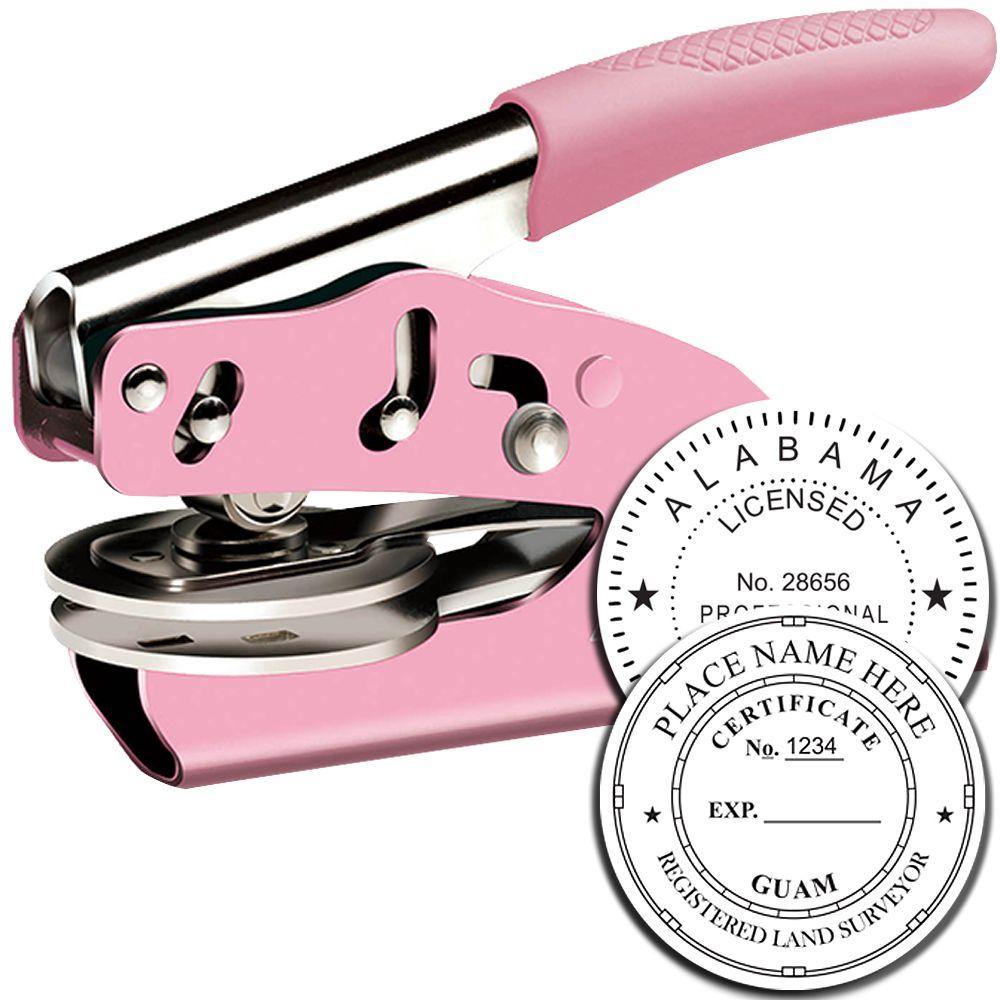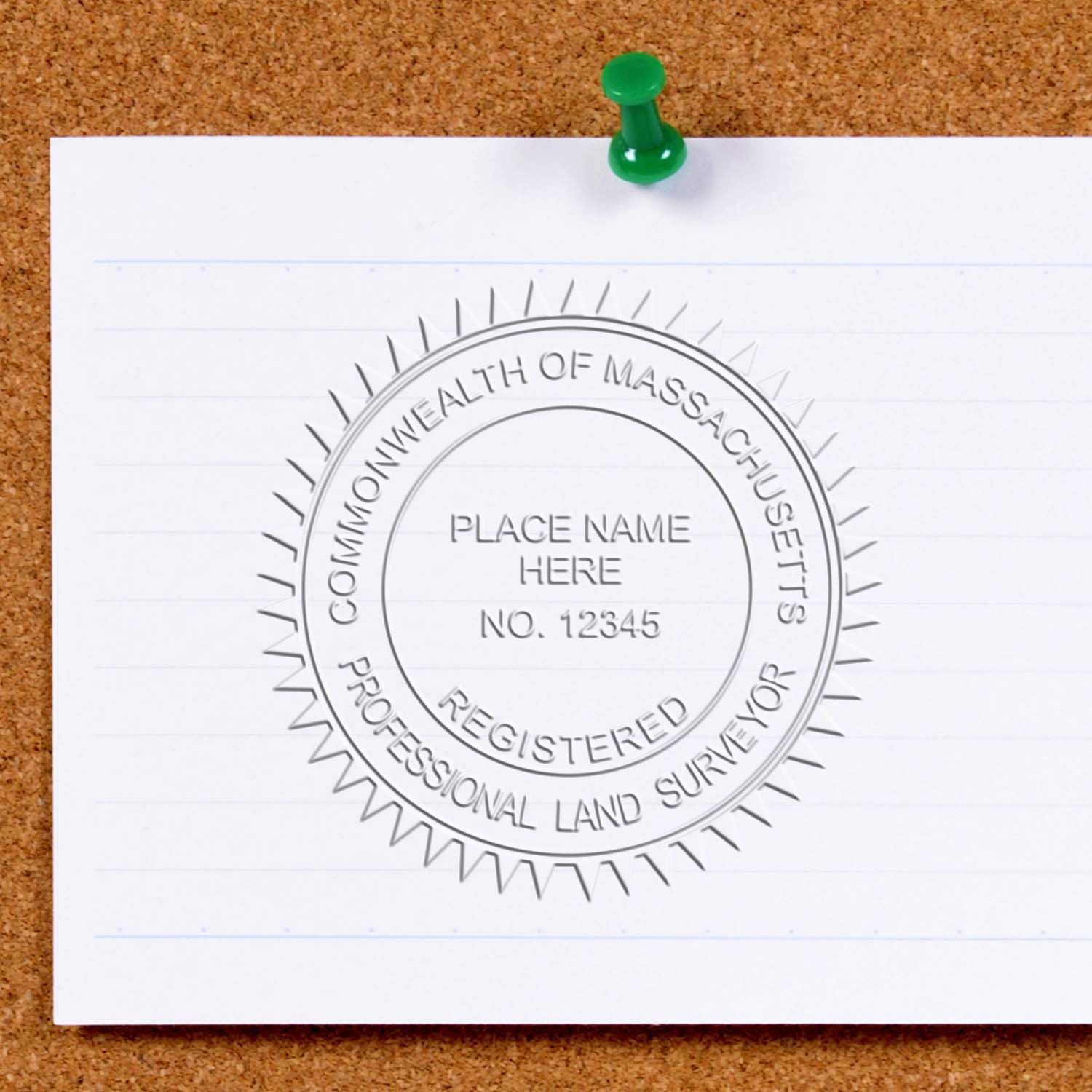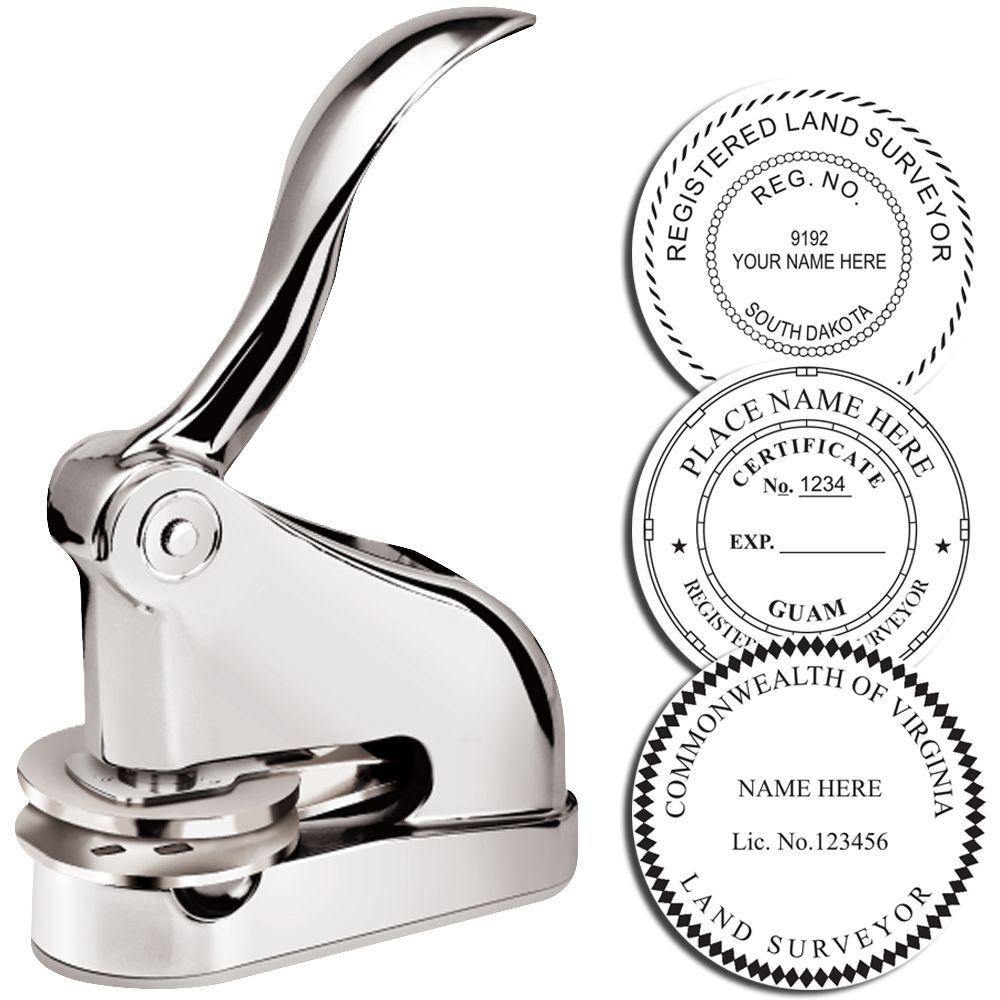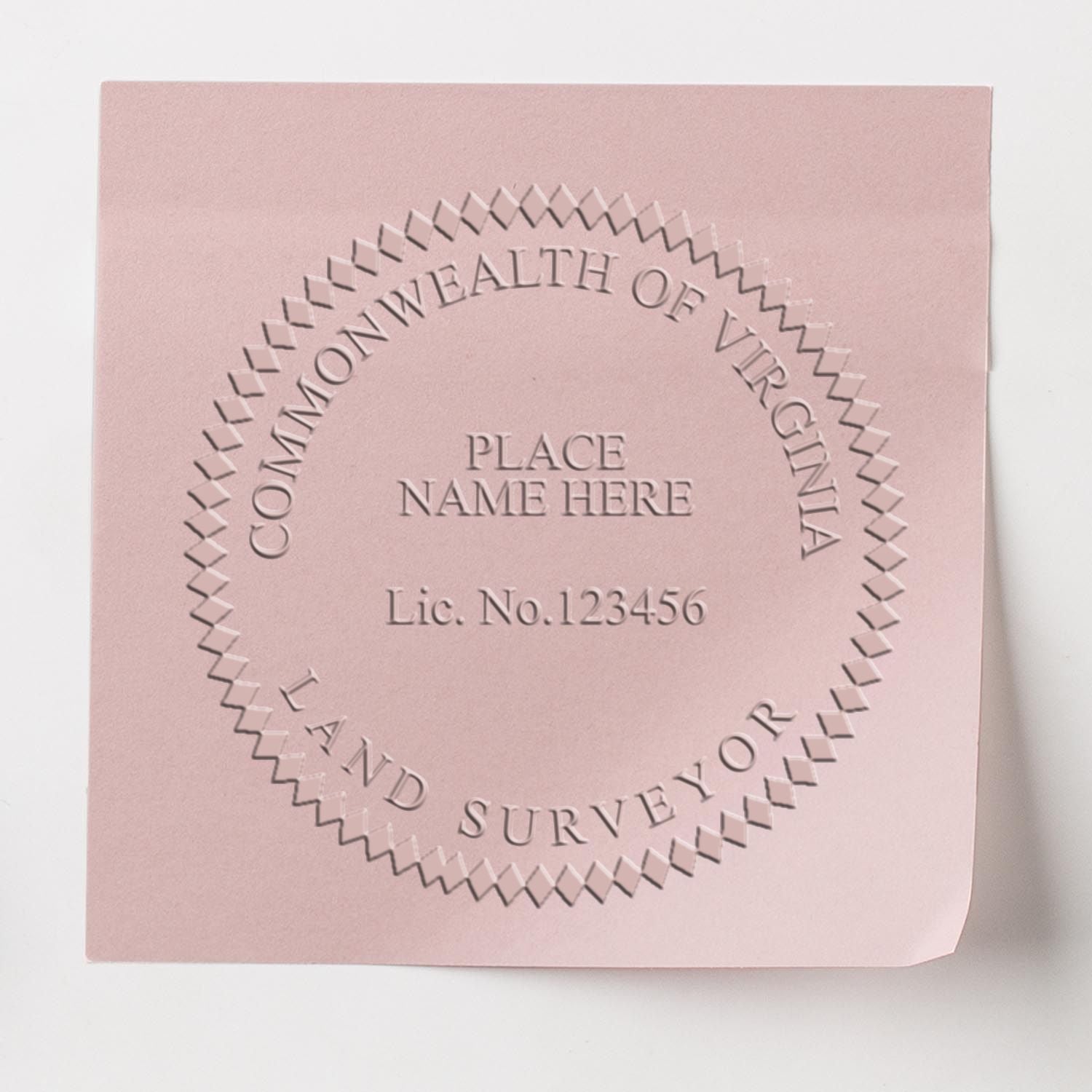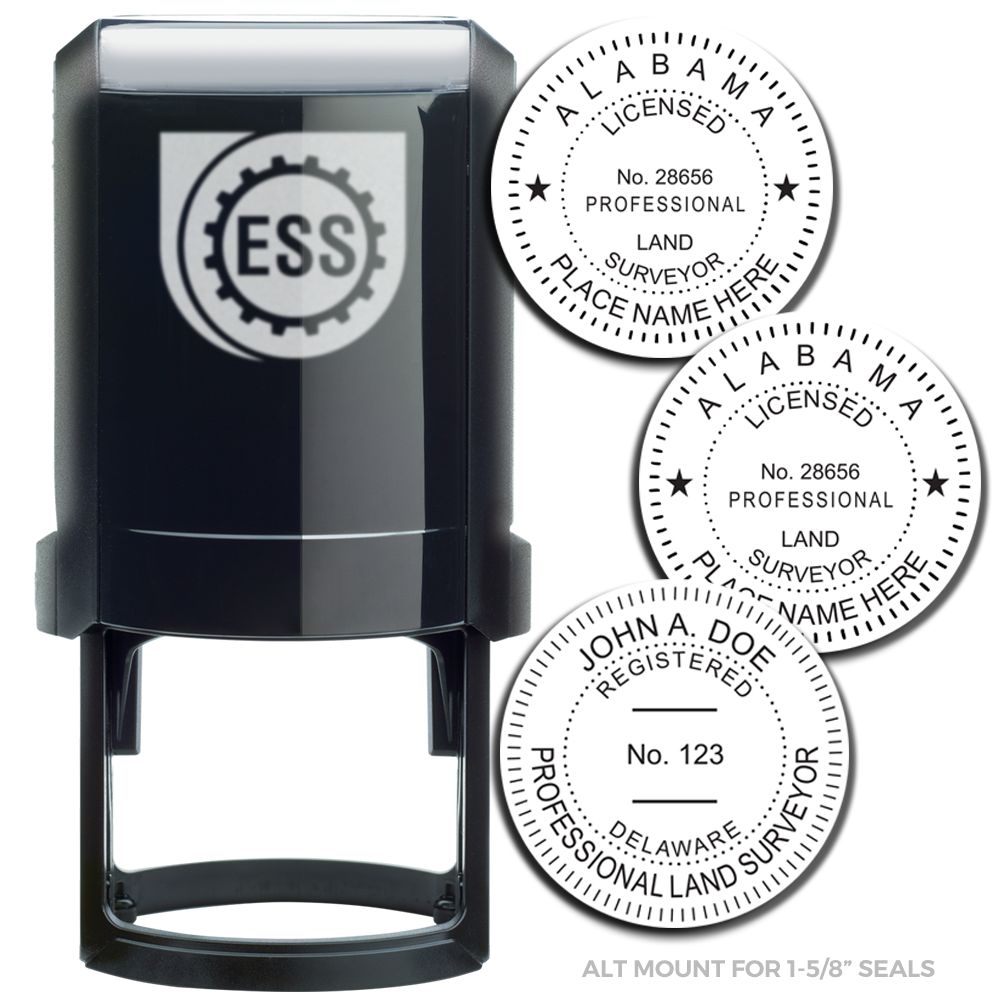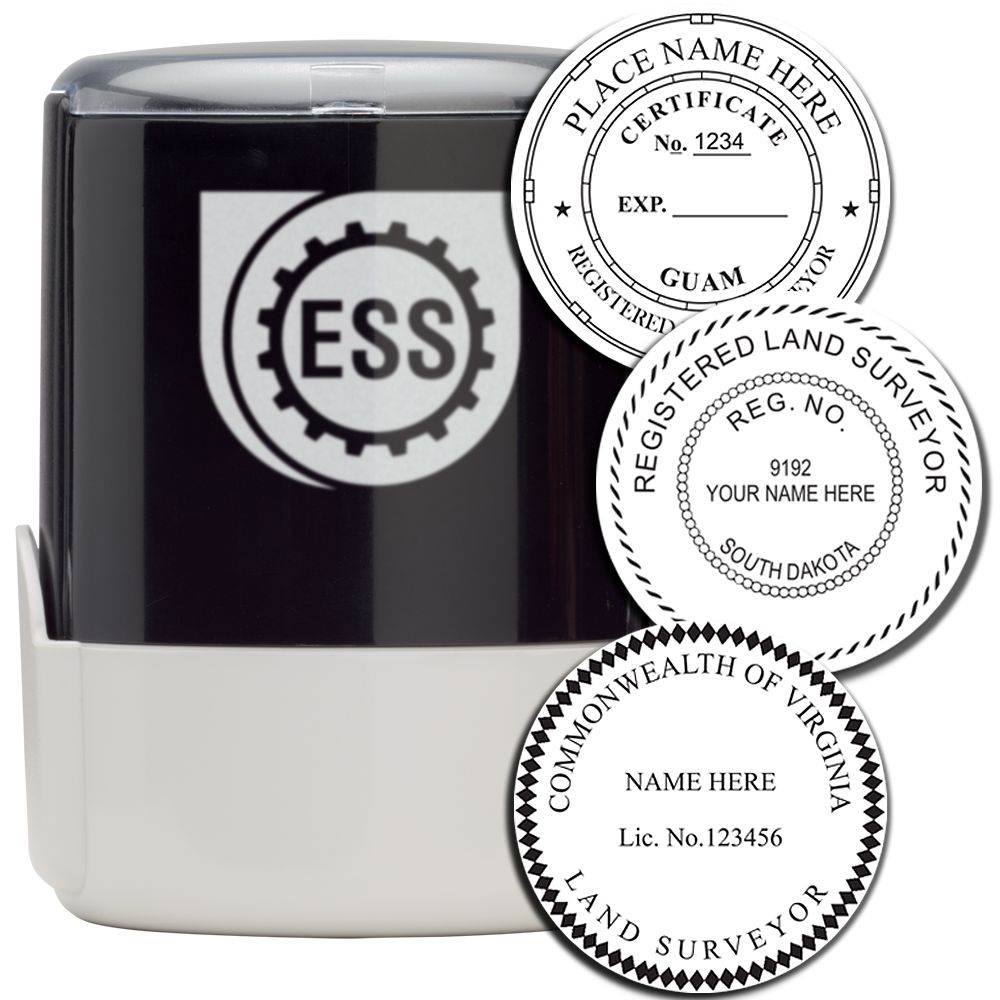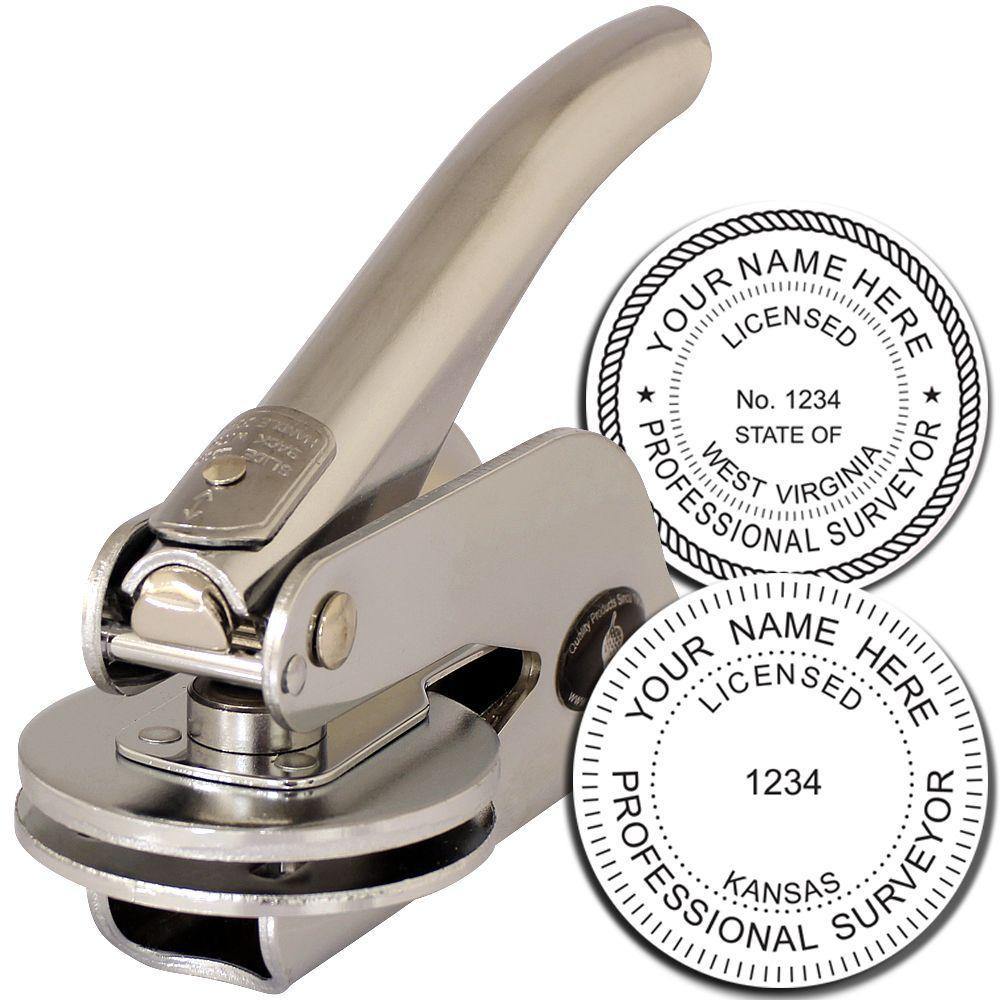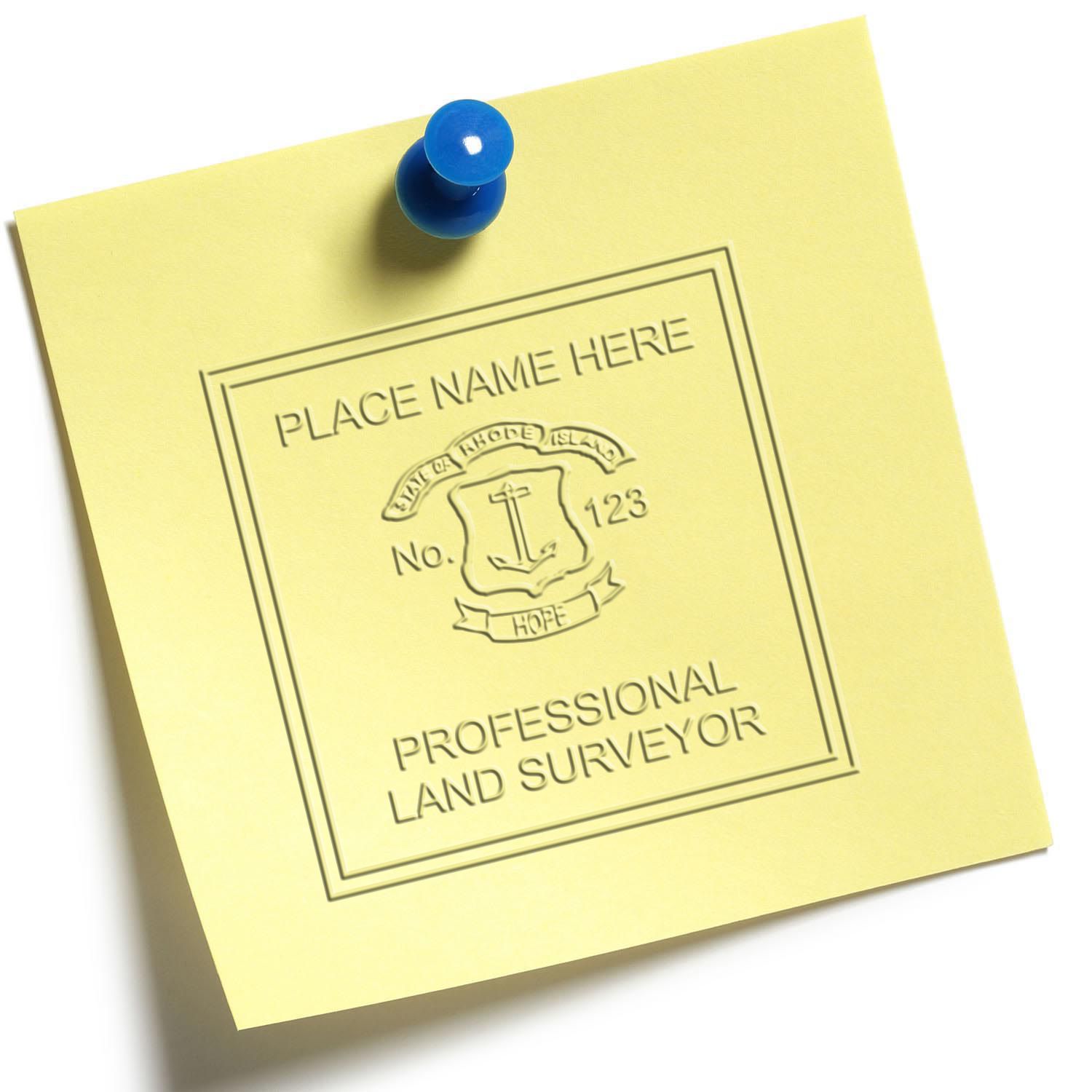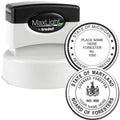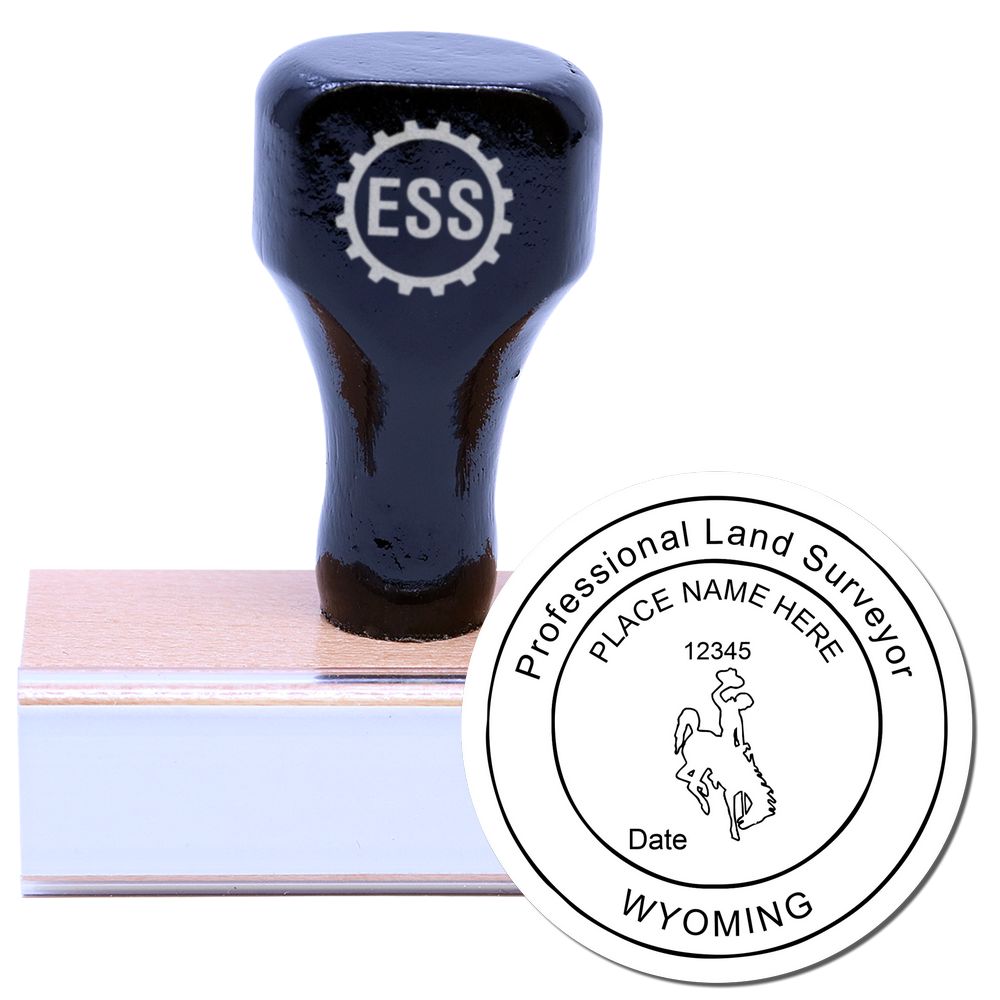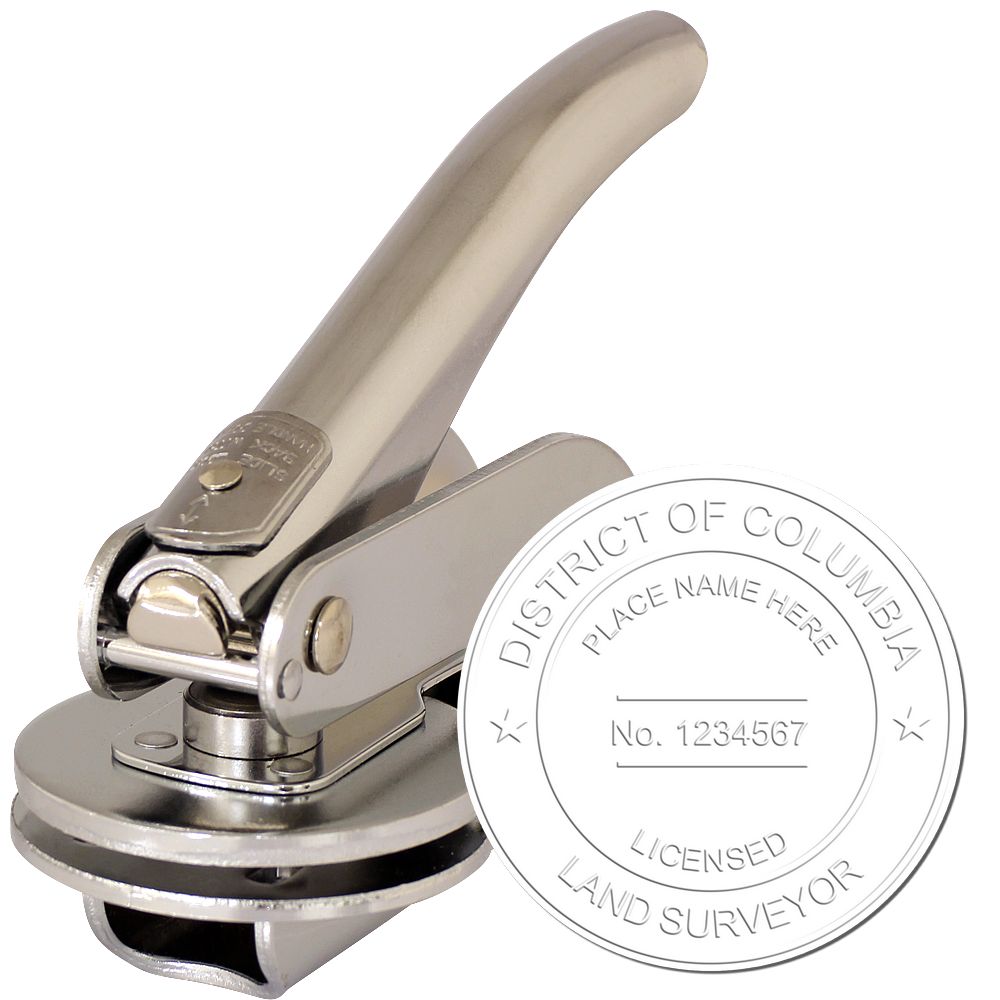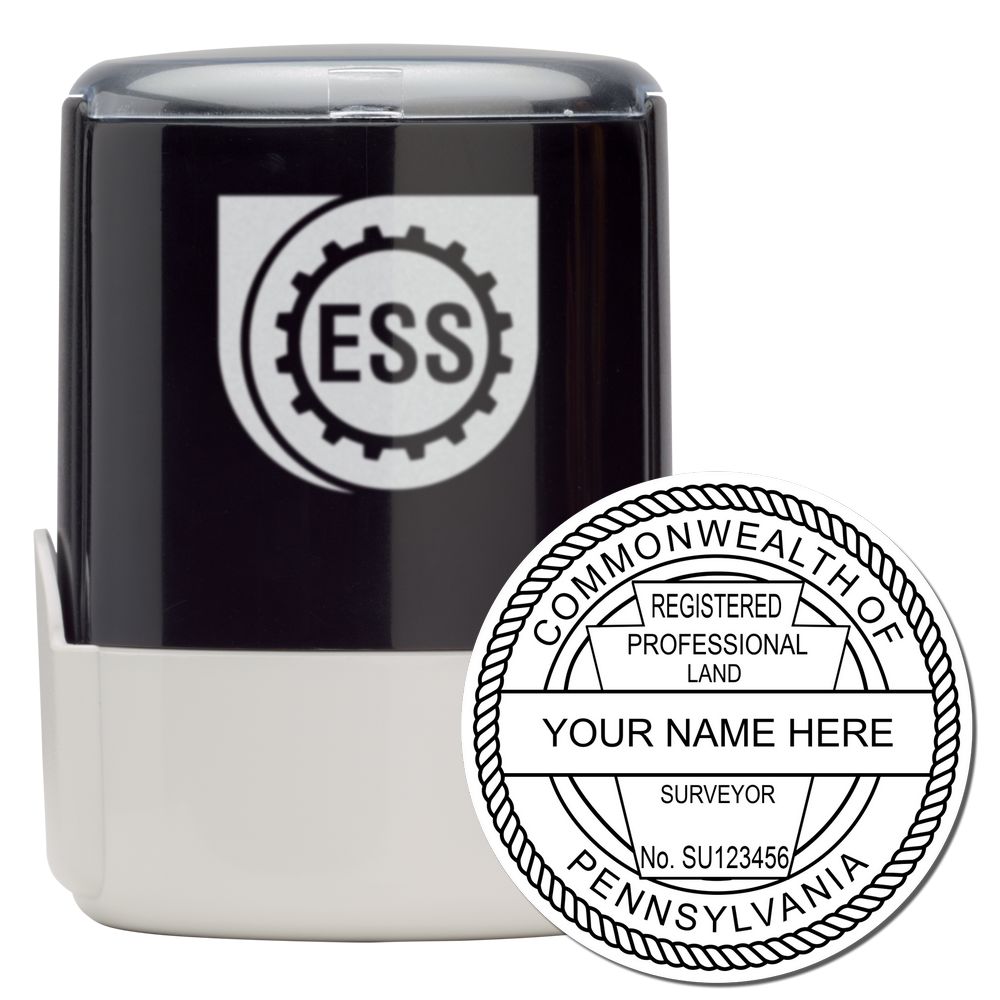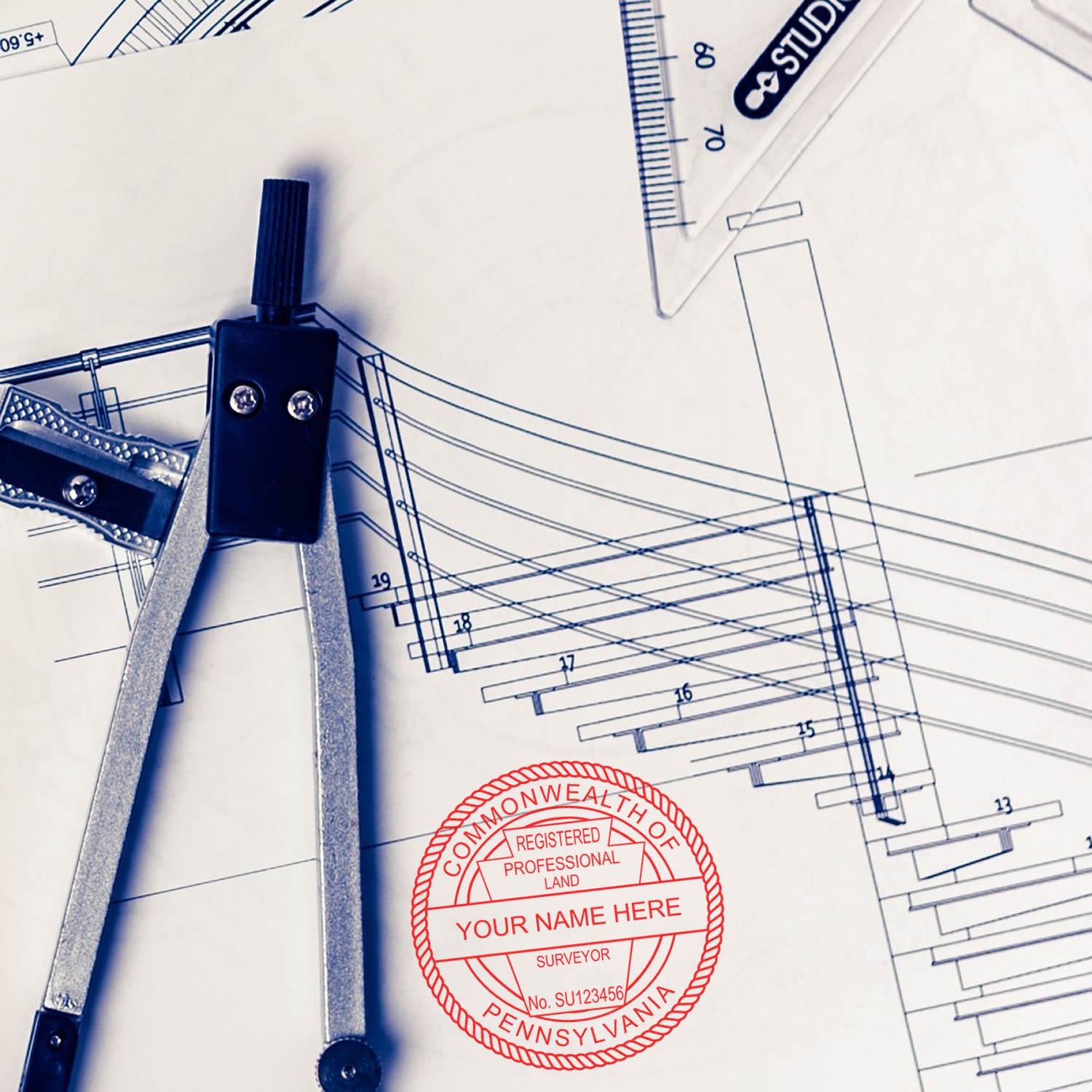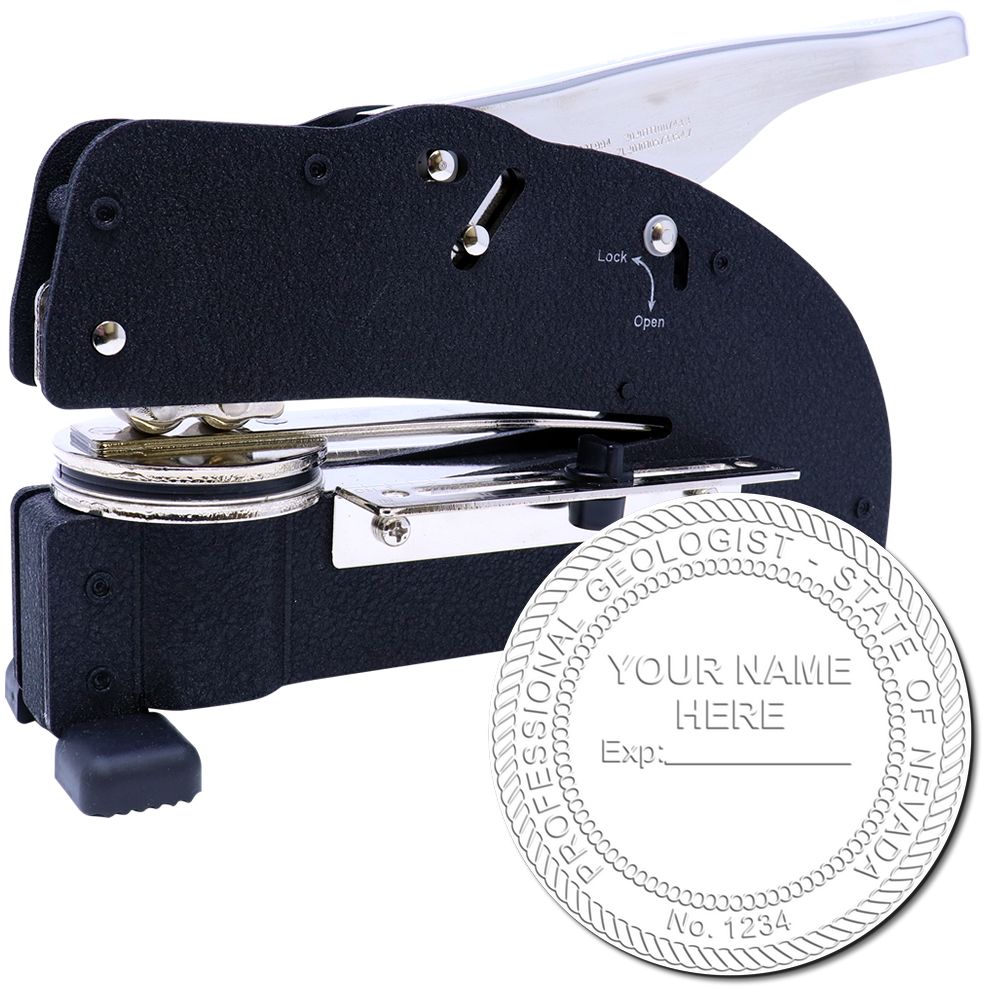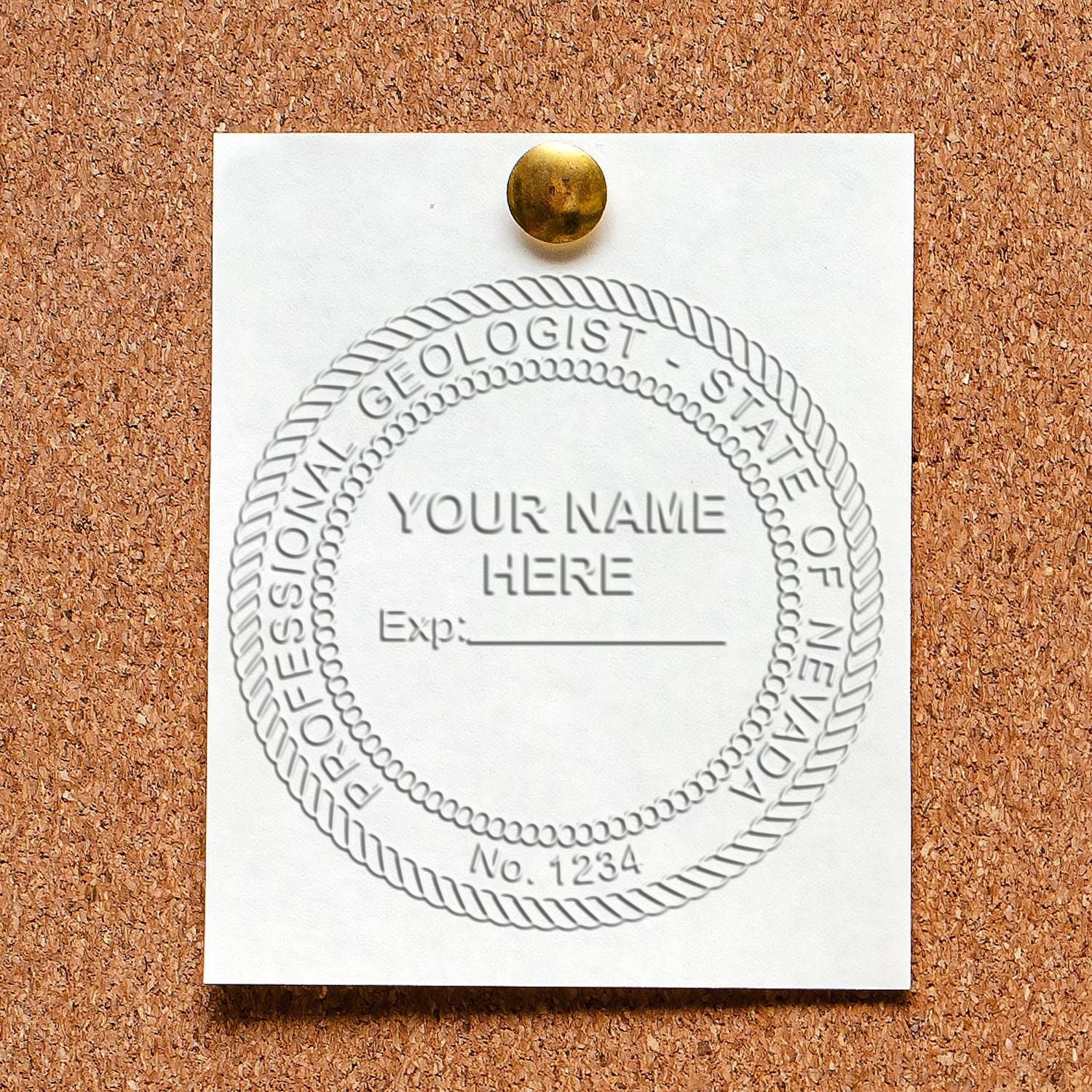Understanding Land Surveyor Stamps and Seals
Navigating the world of land surveying requires a keen understanding of the tools of the trade, among which stamps and seals hold a prominent place. Let's explore why these items are necessary and the importance of adhering to the land surveyor stamp guidelines.
Why Do Land Surveyors Need Stamps and Seals?
Land surveyors are entrusted with the task of accurately measuring and mapping landscapes, a job that carries substantial legal and environmental implications. Therefore, the documents they produce often require validation and authentication. That's where the stamps and seals come into play.
Professional land surveyor stamps and seals serve as a mark of authenticity on these documents, indicating that the survey was conducted by a licensed professional. This stamp or seal ties the professional's name and reputation to the quality and accuracy of the work, lending credibility and authority to the documents.
Stamps and seals are used on a range of documents, from land boundary surveys and topographical maps to construction plans and environmental impact reports. For more insights into the applications of these tools, visit our article on professional land surveyor seals.
The Importance of Following Stamp and Seal Guidelines
Following the land surveyor stamp guidelines is of utmost importance. These guidelines, typically set by state regulatory boards, dictate the design and usage of stamps and seals. They ensure consistency and professionalism, making it easier for others (like property owners, architects, engineers, or government officials) to verify the authenticity of the documents.
Moreover, adhering to these guidelines is legally required. Non-compliance can lead to penalties, including fines, license suspension, or even revocation of professional status. Therefore, understanding and adhering to these guidelines is not just a matter of professional integrity, but also a legal necessity.
These guidelines cover various aspects, from the size and format of the stamp to the information it must include. For an in-depth look at what these guidelines entail, check out our article on land surveyor stamp requirements.
In conclusion, stamps and seals are critical tools for land surveyors, lending authenticity and authority to their work. Following the specific guidelines associated with these tools is a legal and ethical obligation for every professional in the field. It ensures the quality of their work and maintains the trust of the clients and the public they serve.
Key Aspects of Land Surveyor Stamp Guidelines
To ensure that land surveyor stamps meet professional standards, there are a number of guidelines that must be adhered to. These include size and format requirements, specific information that needs to be included on the stamp, and state-specific guidelines.
Size and Format Requirements
One of the first things to consider when creating a land surveyor stamp is the size and format. According to most land surveyor stamp guidelines, the stamp should be round in shape and typically measures between 1.5 and 2 inches in diameter. However, the exact size can vary depending on the state guidelines.
One essential aspect is the legibility of the stamp. The text within the stamp should be clear and readable, with a font size that is large enough to be easily seen but small enough to fit within the stamp's dimensions.
To get a clear understanding of the size and format requirements, check out our article on professional surveyor stamp size.
Information Required on the Stamp
The information included on a land surveyor stamp is critical as it validates the documents on which it is placed. The stamp must clearly indicate the name of the surveyor, the state in which they are licensed, and their license number. Some states also require the inclusion of the surveyor's signature and/or the date of the survey.
It's important to ensure that all information is accurate and up-to-date, as mistakes can lead to invalidation of documents and potential legal issues.
For more detailed information, visit our article on land surveyor stamp requirements.
State Specific Guidelines
Different states may have their own specific guidelines regarding land surveyor stamps. These can include variations in size, format, and the information required on the stamp. Some states may also have unique requirements for digital stamps, stamp colors, or symbols that must be included in the stamp design.
It's essential to research and follow the guidelines for the specific state in which you are licensed to avoid potential issues. To familiarize yourself with state-specific guidelines, check out our article on professional land surveyor seals.
By following these land surveyor stamp guidelines, you can ensure your stamp is compliant, professional, and valid. Remember, the stamp is not just a tool for validating documents, but a reflection of your professionalism and commitment to your work.
Frequently Asked Questions about Land Surveyor Stamps
Navigating land surveyor stamp guidelines can be a complex task, especially for those new to the field. Here are answers to some of the most frequently asked questions about land surveyor stamps.
What Happens If You Don't Follow the Guidelines?
Adherence to land surveyor stamp guidelines is not optional; it's a legal requirement. Non-compliance with the guidelines can lead to severe consequences, including fines, legal action, and potential revocation of one's professional license. Most importantly, it can negatively impact a surveyor's professional reputation. In order to ensure compliance, always refer to land surveyor stamp requirements.
How Often Do Guidelines Change?
The frequency of changes to land surveyor stamp guidelines varies by state and regulatory body. However, it's crucial to note that changes are not typically frequent. Most state boards will notify registered land surveyors of any significant changes through official communications. It's a good practice to regularly check the website of your state's regulatory board to stay updated.
Do Digital Stamps Have Different Guidelines?
In the digital age, many land surveyors are transitioning from traditional rubber stamps to digital stamps. While digital and physical stamps serve the same purpose, the guidelines for each may vary. In general, digital stamps should still include all the required information such as name, license number, and state of licensure, just as a physical stamp does.
However, some states may have additional requirements for digital stamps, such as secure electronic authentication measures to prevent unauthorized use. It is essential for land surveyors to familiarize themselves with the specific guidelines for digital stamps in their respective states. For more information about the design and requirements of both physical and digital stamps, refer to our article on professional surveyor seal design.
Understanding these frequently asked questions can help you navigate the land surveyor stamp guidelines more effectively. Remember, the stamp or seal you use as a land surveyor is not just a tool of the trade, but a symbol of your professionalism and commitment to ethical practice.
Tips for Navigating Land Surveyor Stamp Guidelines
Understanding and following land surveyor stamp guidelines can ensure the legality and professionalism of your work. Here are some tips to help you navigate these guidelines effectively.
Keeping Up with Changes
As a land surveyor, it's crucial to stay updated on the latest changes in stamp and seal guidelines. Regulatory requirements may vary from state to state and may be updated over time. Regularly checking with regulatory bodies or professional organizations can help you stay on top of any changes. It is also recommended to read relevant articles and blogs, such as our article on land surveyor stamp requirements, to gain a deeper understanding of current regulations.
Ensuring Compliance
Ensuring compliance with land surveyor stamp guidelines is not just about following the rules. It's about maintaining the integrity and professionalism of your work. This includes meeting the specific size and format requirements, including all the necessary information on the stamp, and using the stamp correctly. You can refer to our articles on professional surveyor seal design and professional surveyor stamp size for more detailed information.
Common Mistakes to Avoid
There are several common mistakes that land surveyors should avoid when it comes to their stamps and seals. These include:
- Incorrect Size: The size of the stamp or seal should adhere to the specific guidelines. Using a stamp or seal of the incorrect size can lead to non-compliance.
- Missing Information: All necessary information should be included on the stamp. This typically includes your name, license number, and the state of licensure.
- Improper Use: The stamp or seal should be used correctly and ethically. It should only be used on documents that you have personally reviewed and approved.
To avoid these mistakes, it's recommended to use a reliable and compliant product, such as a land surveyor seal embosser, and to regularly review the guidelines to ensure that you are fully adhering to them.
Navigating land surveyor stamp guidelines can be straightforward when you keep yourself updated, ensure compliance, and avoid common mistakes. By doing so, you can maintain the professionalism and integrity of your work as a land surveyor.
Making the Most of Your Land Surveyor Stamp
Now that you have a deeper understanding of the land surveyor stamp guidelines, it's time to learn how to make the most of your stamp. From using it professionally and ethically to taking care of it and knowing when to replace it, these tips will help you maximize the utility of your stamp.
Professionalism and Ethical Use
Your land surveyor stamp is not just a tool, it's a symbol of your professional credibility. As such, it's vital to use it ethically and responsibly. Always ensure that you only stamp documents you have personally reviewed and approved. Misusing your stamp can lead to professional and legal repercussions. For more information on this, check out our article on professional land surveyor seals.
Care and Maintenance Tips
Like any other professional tool, your land surveyor stamp requires regular care and maintenance to keep it in optimal condition. Here are some tips:
- Clean your stamp regularly by gently wiping the surface with a damp cloth.
- Store your stamp in a cool, dry place to prevent damage.
- Avoid using your stamp on dirty or greasy surfaces to keep the impression clear and clean.
By taking care of your stamp, you can ensure that it continues to produce clear, professional impressions for a long time.
When to Replace or Update Your Stamp
Just like any other professional tool, your land surveyor stamp won't last forever. It's important to know when to replace or update it. Here are some situations when you might need to do so:
- Wear and Tear: If the stamp's impression becomes unclear or faint, it may be time to replace it.
- Changes in Personal Information: If there are changes in your professional information, such as your license number, you will need to update your stamp.
- Changes in Guidelines: If there are changes in the land surveyor stamp requirements, you may need to update your stamp to stay compliant.
| Situation | Action |
|---|---|
| Wear and Tear | Replace |
| Changes in Personal Information | Update |
| Changes in Guidelines | Update |
Remember, keeping your stamp up-to-date is not just about compliance with the land surveyor stamp guidelines, but also about maintaining the professionalism and credibility associated with your role as a land surveyor.
About ESS
At Engineer Seal Stamps or ESS, we take pride in being the leading manufacturers of custom rubber stamps, professional seals, and notary stamps in the industry. Our dedication to delivering stellar customer service is evident in our state board guarantee on all our top-quality products.
With years of experience in the industry, we have perfected the art of crafting high-quality seals and stamps that meet the needs of engineers, architects, surveyors, and other professionals. Whether you are looking for traditional embossing seals or modern self-inking stamps, we have you covered.
Our commitment to quality is reflected in every aspect of our business, from the materials we use to the state-of-the-art machines we employ in the manufacturing process. We understand the importance of precision and accuracy in your work, which is why we go the extra mile to ensure that all our products are of the highest quality. At ESS, we believe that our success is measured by the satisfaction of our customers and the trust they place in our products. That's why we always strive to provide excellent customer service, from answering queries to providing expert advice on the best products to suit your needs.
In summary, ESS is more than just a manufacturer of custom rubber stamps, professional seals, and notary stamps. We are a team of dedicated professionals committed to providing our customers with the highest quality products, along with exceptional customer service that exceeds their expectations.

